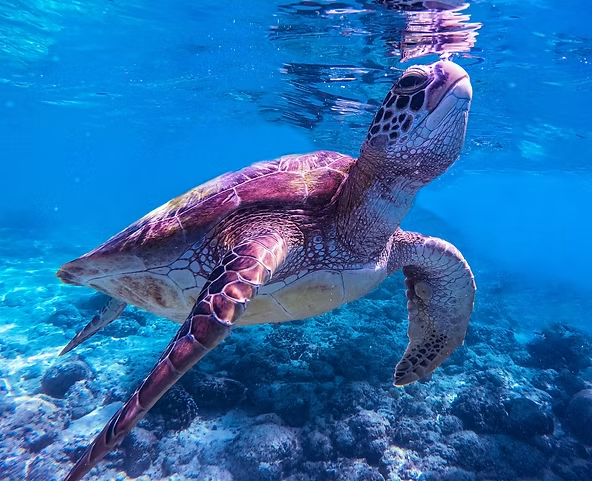How Plastic Pollution Threatens Sea Turtles
Every year, around 8 million tons of plastic enter the oceans. While a plastic bag or disposable cup may seem harmless on beaches, it poses a deadly threat to marine life, including sea turtles.
Why Sea Turtles Mistake Plastic for Food
Sea turtles often mistake floating plastic bags for jellyfish, their favorite food. Ingesting plastic can be fatal, as it can cause intestinal injuries, internal bleeding, or a false sense of fullness that leads to starvation. Research shows that if a turtle ingests just 14 plastic items, its survival probability drops by 50%.
Entanglement in Plastic Debris
More than 1,000 turtles die annually due to entanglement in plastic, including discarded fishing gear and beach debris. Entanglement can cause severe injuries or loss of limbs, further threatening their survival.
Plastic Pollution Threatens Turtle Eggs
Female turtles come ashore to lay eggs, but excessive plastic on beaches can prevent proper burrow digging. This can lead to dystocia, a life-threatening condition, or force turtles to lay eggs in water, where they fail to hatch. This reduces the species’ survival chances even further.
How We Can Help
Protecting sea turtles requires collective action. Avoid using disposable plastics on beaches, properly recycle plastic items, and support policies that reduce marine pollution. Every small effort contributes to safeguarding this endangered species.

